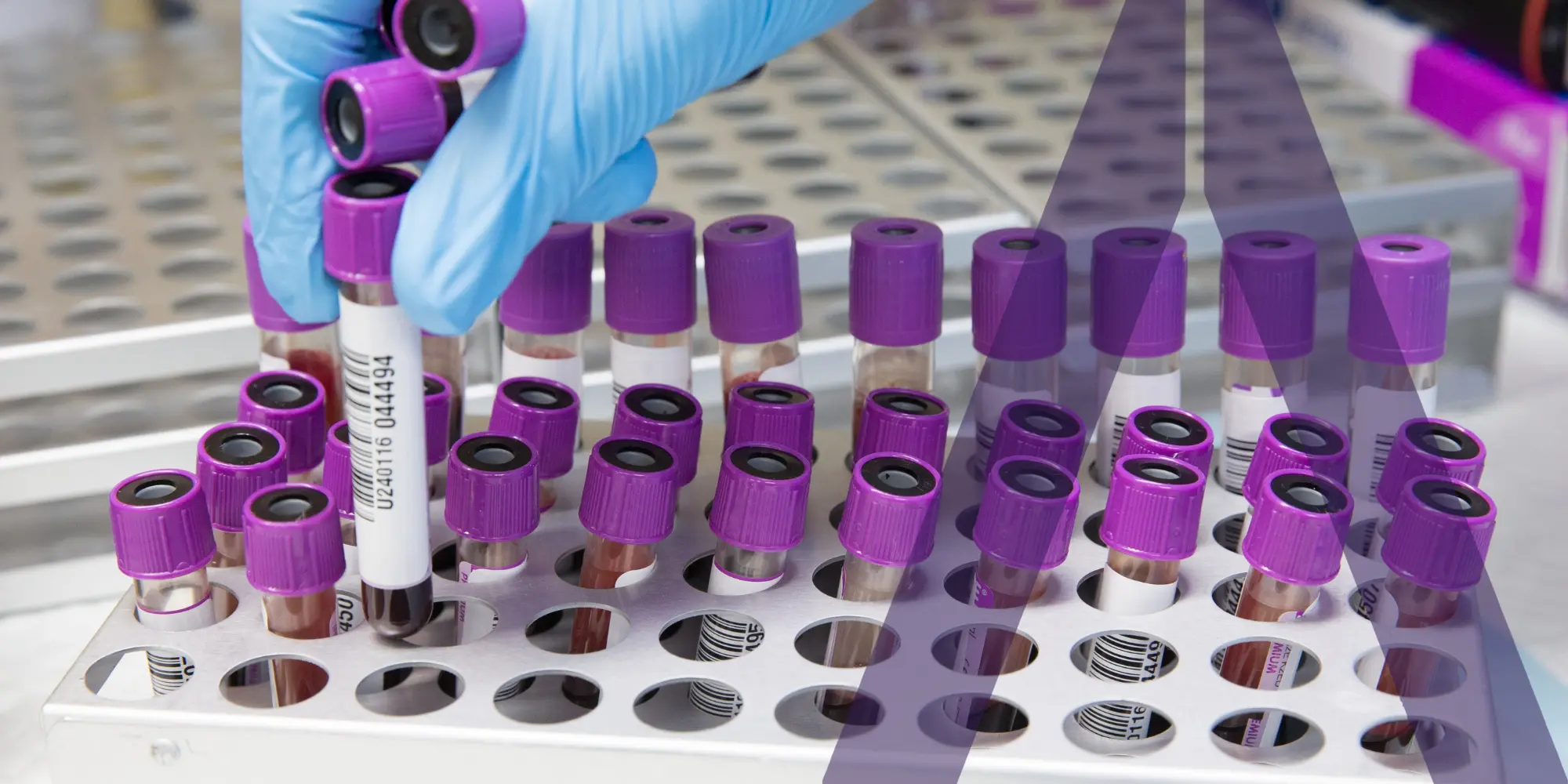Home / Resources / All Categories
Resources
VIEW BY TOPIC
Allergy
Autoimmune
Biostatistics
Cell and Gene Therapy
Chemistry, Manufacturing, and Controls (CMC)
Clinical Pharmacology
Clinical Trial Operations
Data Management
Dose Optimization
GxP Compliance
Hematology
Immunology and Inflammation
Infectious Disease and Vaccine
Inspection Readiness
Medical Writing
Modeling and Simulation
Neuroscience
Nonclinical/Preclinical
Oncology
Patient Recruitment and Retention
Pediatric
Pharmacokinetics / Pharmacodynamics
Pharmacovigilance and Drug Safety
Project Management
Protocol Development and Study Design
Publishing and Submissions
Rare Disease and Orphan Drugs
Regulatory Affairs
Study Startup and Site Intelligence

Blog
Development Landscape of Therapeutics for Rare Seizure Disorders
View More

Case Study
Overcoming Challenges with Multiple Clinical Outcome Assessments in a Rare Neurodegenerative Clinical Trial
View More

White Paper
Advancing Neurodegenerative Disease Trials with Digital Health Technologies: A Regulatory Aligned Approach
View More

Blog
The High Cost of Standing Still: What Sponsors Risk by Ignoring ICH E6 (R3)
View More

Blog
Liquid Biopsy in Solid Tumors: Clinical Trial Design and Regulatory Guidance
View More

Case Study
Case Study: Leveraging Population PK to Avoid a Standalone Renal Impairment Study
View More

Blog
Embracing Imperfection: The New Era of Clinical Trial Leadership
View More

Case Study
Achieving EU CTR Submission in Under 3 Weeks: An Oncology Case Study
View More

Blog
Immunotherapy for Cancer: The Evolving Role of CAR T-Cell Therapy
View More

Blog
Why PK Sampling Optimization Matters: Guide for Getting the Timing Right
View More

Blog
Precision Oncology: Key Approaches in an Ever-Evolving Field
View More

Podcast
Unlocking Regulatory Insight: Cannabinoids in Rare Seizure Disorders
View More
- 1
- 2
- 3
- 4
- 5
- 6
- 7
- Next page
- » Last page